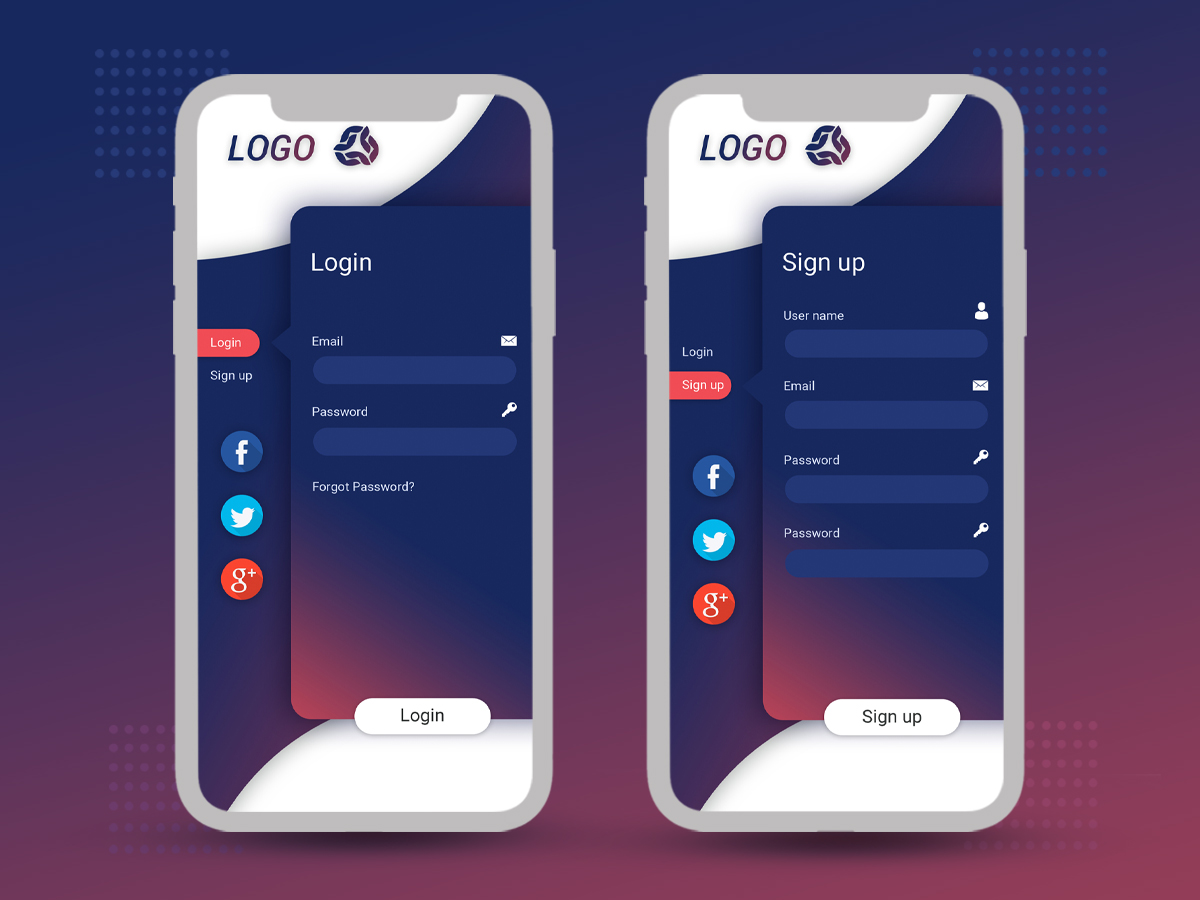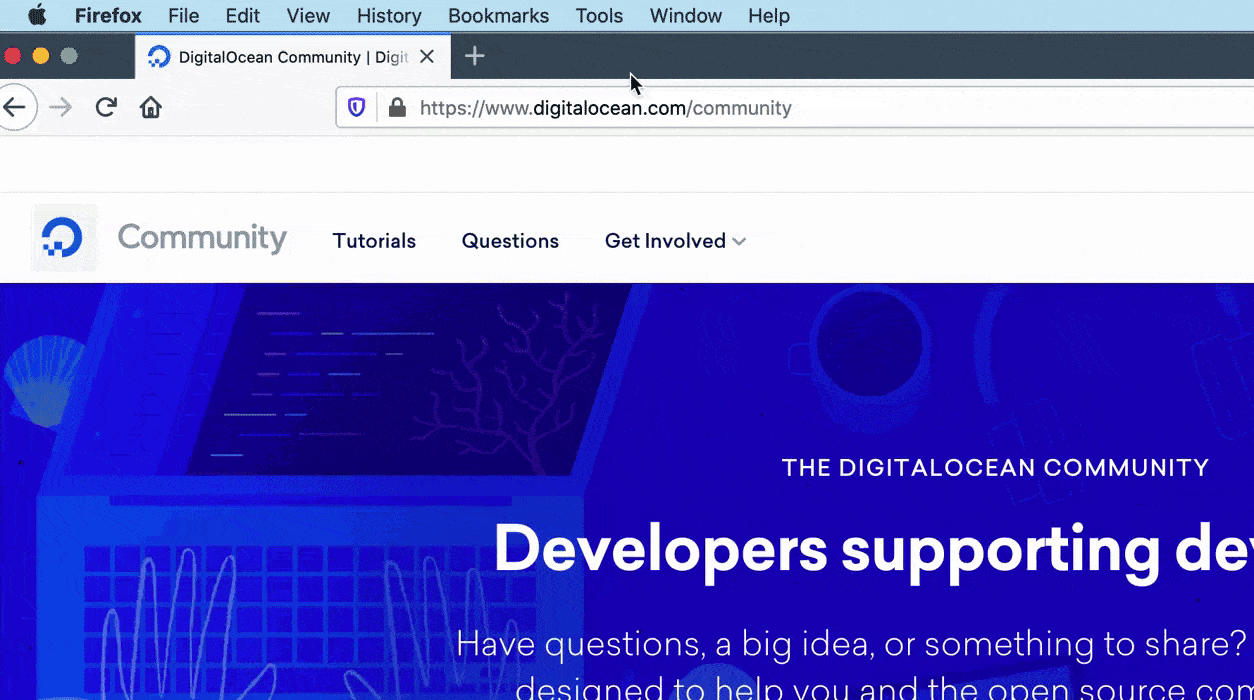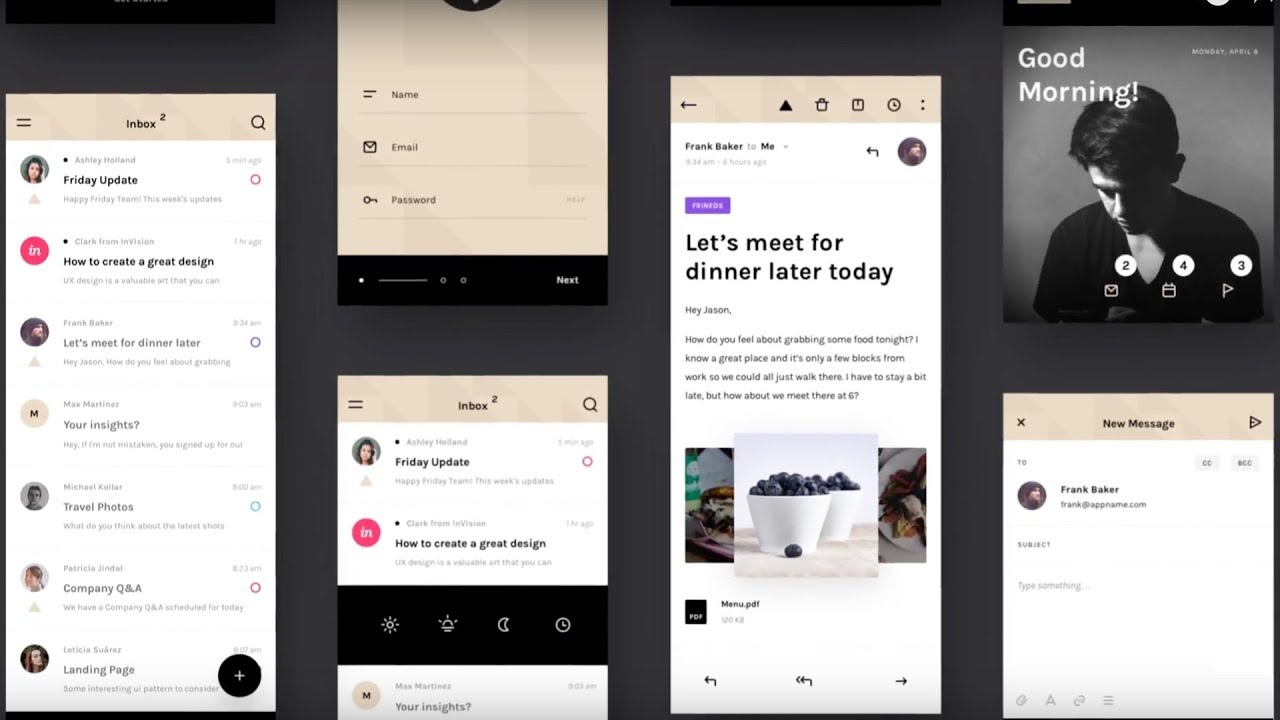
The responsive web design testing tool can help you when designing a website. This tool allows you to test how your design will look on a variety of devices, and it even allows you to test multiple columns of content. A tool like this is valuable for webmasters that must coordinate multiple web pages.
Viewport Resizer
A Viewport Resizer is a web design test tool that can be used to check whether a site displays correctly on various devices. This tool allows users to input the URL of their website to get the viewport's exact width and/or height in pixels. This is a useful tool for web developers who can quickly check that their site runs on different devices and screen sizes.
Viewport Resizer is available as a browser bookmarklet and works with all the latest web browsers. It displays responsiveness information for websites on multiple devices. This includes mobile phones. It provides screenshots in various resolutions that can be used for mockups.

Responsinator
Responsinator is an online tool that lets you test the responsiveness of your website on several different devices. It's free and allows you to check how your website displays on different devices. The tool simulates six mobile device types, as well as their display formats. It also shows the same page in landscape and portrait views. This is a great tool to help you ensure that your website is responsive on every device.
Responsinator is a free tool offered by Designmodo. It's easy to use and comes with a lot of features that can help you test the mobile and tablet versions of your website. The tool includes a drag button which lets you see how your site appears on different size viewports. It also has a grid system, so you can see how your page lays out in different situations.
Screenfly
If you are unsure how your website will look on different devices, responsive web design testing tools can help. Screenfly can be used to display static or scrolling screens and provides pixel measurements. This tool allows you to quickly make changes to your site.
You can set custom sizes and rotate buttons among other features. It is easy to use. Simply enter the URL of the website and it will display a preview. ScreenFly is trusted by professionals because of its speed and accuracy. You can use it on a variety devices including TVs, desktop computers, smartphones, and tablets. Google web app is another great tool that allows you to test out your website across multiple devices, including tablets.

Screenfly lets you choose from a variety of resolutions, and allows you to test each one. You can disable scrolling, and rotate the display. Simply enter the URL for your website. Next, select the device or screen size that interests you. BrowserStack, a cloud-based test platform that lets you integrate multiple tools, is an alternative. It's easy-to-use and allows you to test the website on multiple devices, browsers, or devices.
FAQ
How Much Does it Cost to Create an Ecommerce Website?
It all depends on what platform you have and whether or not you hire a freelancer. The average eCommerce site starts at $1,000.
Once you've chosen a platform you can expect to pay $500-$10,000.
You won't spend more than $5,000 if you are using a template. This includes any customization you need to make to fit your brand.
Where Can I Find Freelance Web Developers?
There are many places you can find freelance web designers or developers. Here are some of our top choices:
Freelance sites
These sites offer job listings for freelance professionals. Some have very specific requirements, while others don't care what type of work you do.
Elance, for example, offers high-quality jobs as programmers, graphic designers, translators and editors, project managers and many other positions.
oDesk features similar to oDesk, but they are focused on software development. They offer jobs in PHP, Perl, Java, C++, Python, JavaScript, Ruby, iOS, Android, and.NET developers.
Another great option is oWOW. Their site focuses on graphic and web designers. They offer writing, video editing and programming as well as SEO, social media marketing, website design, and many other services.
Forums Online
Many forums offer members the opportunity to advertise themselves and post jobs. DeviantArt is a forum for web developers. You can search for "web developer" using the search bar to see a list threads in which people are seeking help with their websites.
How do I create my own website?
It depends on what type of website you want to create. Are you looking to sell products online, start a blog, or build a portfolio?
You can make an essential website using only HTML and CSS (a combination of HyperText Markup Language and Cascading Style Sheets). It is possible to make a basic website with HTML and CSS. However, many web developers recommend using a WYSIWYG editor, such as Frontpage or Dreamweaver.
You might consider hiring a freelance designer if you don’t know how to design websites. They will help you design a website that suits your specific needs.
Freelancers can charge a flat fee or an hourly rate. The amount of work they do within a certain time frame will affect the cost of hiring a freelancer.
For example, some companies charge $50-$100 per hour. You'll usually get higher rates for larger projects.
You can also find jobs on many freelance websites. It is possible to search on these websites before reaching out directly to potential developers.
Can I create my own website with HTML & CSS?
Yes, you can! It's possible! You need to have basic knowledge in web design and programming languages, such as HTML (Hyper Text Markup Language), CSS and Cascading Style sheets (Cascading CSS Sheets). These languages can be used to create websites which can then be viewed by everyone who has an internet connection.
How much do web developers make?
You can expect to make between $60-$80 an hour working on your own website. You can charge more if you're an independent contractor. You could potentially charge anywhere from $150-200 per hour.
Do I have to use a template?
Yes! A lot of people use prebuilt templates or frameworks to create websites. These templates contain all the code needed to display information on your page.
Some of the most well-known templates are:
WordPress – One of the most well-known CMSes
Joomla - another popular open source CMS
Drupal - A large-scale enterprise solution that large businesses use
Expression Engine – A Yahoo proprietary CMS
Hundreds of templates are available for each platform, so finding the right one should be easy.
What Types of Websites Should I Create?
It all depends on what your goals are. To build a business around your website, you may want to focus on selling products online. To do this, you will need to create a strong eCommerce website.
Blogs, portfolios, forums, and other types of websites are also popular. Each one requires different skills and tools. For instance, if you want to set up a blog, you will need to learn about blogging platforms such as WordPress or Blogger.
Once you have chosen a platform, it is also important to determine how you can customize the appearance of your site. There are many templates and themes available that can be used for free on each platform.
Once you've chosen a platform, you can build your website by adding content. Pages can include images, videos, text and links.
When you are ready to launch your new website, you can publish it online. Your site is now available for visitors to view in their browsers.
Statistics
- At this point, it's important to note that just because a web trend is current, it doesn't mean it's necessarily right for you.48% of people cite design as the most important factor of a website, (websitebuilderexpert.com)
- It's estimated that chatbots could reduce this by 30%. Gone are the days when chatbots were mere gimmicks – now, they're becoming ever more essential to customer-facing services. (websitebuilderexpert.com)
- In fact, according to Color Matters, a signature color can boost brand recognition by 80%. There's a lot of psychology behind people's perception of color, so it's important to understand how it's used with your industry. (websitebuilderexpert.com)
- Is your web design optimized for mobile? Over 50% of internet users browse websites using a mobile device. (wix.com)
- The average website user will read about 20% of the text on any given page, so it's crucial to entice them with an appropriate vibe. (websitebuilderexpert.com)
External Links
How To
How do I get started in UI Design?
Two methods can be used to become a UI developer:
-
You can get a degree from school in UI Design.
-
You can start freelance.
To go to school, you will need to enroll in college or university for four years. This covers art, business, psychology, and computer science.
You can also enroll in classes at state universities or community colleges. Some schools offer tuition-free programs while others charge tuition.
After you graduate, you must find work. If you are going to be working for yourself, you will need to build your client list. You should network with other professionals to let them know that you exist.
There are many opportunities to intern for companies that specialize on developing web applications. Many companies hire interns in order to gain valuable experience before they hire full-time employees.
Your portfolio will help to get you more work. Your portfolio should contain your work samples and details of the projects you worked on.
It's a great idea to email your portfolio to potential employers.
Freelancers need to promote themselves. Advertise your services on job boards such as Indeed, Guru, Guru, and Upwork.
Freelancers receive assignments often from recruiters who post open positions online. These recruiters search for qualified candidates to fill positions within specific industries.
These recruiters will typically give the candidate a project brief that outlines the position's requirements.
As a freelancer, you are not required to sign any long-term contracts. If you are looking to make a move, however, it is advisable to negotiate an upfront payment.
Many designers prefer working directly with clients, rather than through agencies. Although this may seem appealing, many people lack necessary skills.
Agency workers are often well-versed in the industry they work in. They have access to resources and training that enable them to produce high quality work.
In addition to these benefits, agency workers usually receive a higher hourly rate.
One downside to working through an agency is the inability to have direct contact at work with the employer.
To succeed as a UI designer, you must be self-motivated, creative, organized, flexible, detail-oriented, analytical, and communicative.
Additionally, communication skills must be excellent both in written and verbal.
UI designers are responsible for designing websites by creating user interfaces (UI) and visual elements.
They are responsible for ensuring the site meets its users' needs.
This involves understanding the information users need and how to make your site work.
Wireframes can be created by UI designers with a variety tools. They use wireframing to help them visualize the layout of a webpage before they start designing.
There are many wireframe templates available online. Anyone can create their own wireframes.
Some designers specialize in UI design alone, while others combine UI with graphic design.
Photoshop is used to edit images by graphic designers.
They then use Adobe InDesign to lay out pages and layouts.
Photographers capture images using digital cameras or DSLRs.
They then upload the images to a program for photo editing, where they add text captions and filters.
The photographer saves the image to a file compatible with the website.
It is crucial to consider all aspects when designing a website.
This includes research planning, wireframing and prototyping, as well as testing, coding, content generation, and publishing.
Research – It is essential to do extensive research before you begin a new project.
Planning – After you've done your research you'll be ready to develop a plan.
Wireframing - A wireframe is a preliminary sketch of a web page or application.
Prototyping - Prototypes help ensure that the final product matches the initial vision.
Testing - It is important to test the prototype several times in order to make sure it works.
Coding - The process of writing computer software code is called Coding.
Content Creation - Content creation covers everything from writing copy to managing social media accounts.
Publishing means uploading files onto a server and making the site accessible.
You will learn about various projects as a freelance UX/UI designer.
Some companies, for example, only need wire frames. Others require complete prototypes.
You may be required to perform specific tasks depending on the project you accept.
One example is that if you are hired as a wireframe designer, you might be required to create many wireframes.
If you're asked to develop a site prototype, it may be necessary to make it fully functional.
It doesn't matter what kind of project it is, strong interpersonal skills are essential.
Since most clients hire freelancers based on referrals, you must build solid relationships with potential employers.
You must also be able communicate clearly both verbally as well as in writing.
A portfolio is an important part of any freelancer's arsenal.
It showcases your work and demonstrates your ability to deliver high-quality results.
You can do it online with a professional portfolio.
Finding websites similar to yours is the best way to start.
These sites can be searched to determine which services they offer.
Once you have identified the best practices you believe are most effective, you can start to implement them.
It's also useful to include links from your portfolio in your resume.